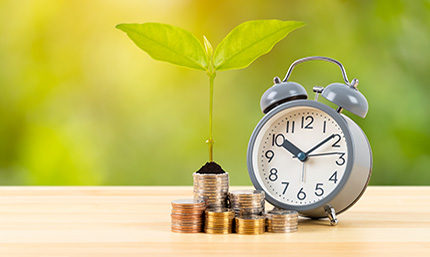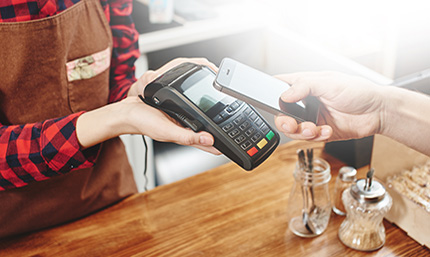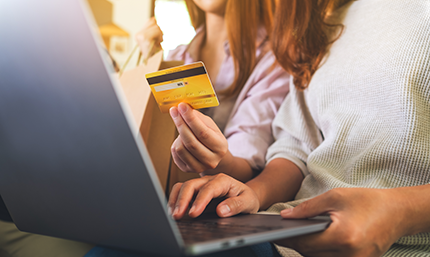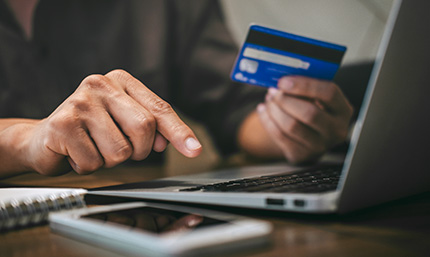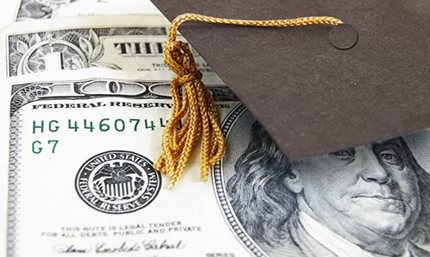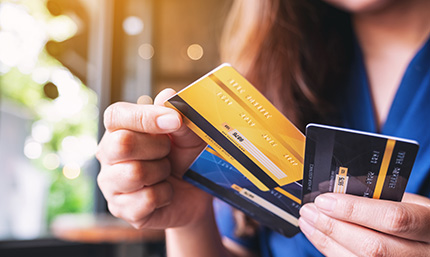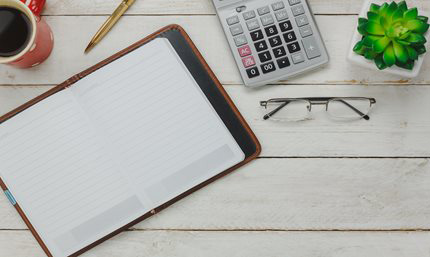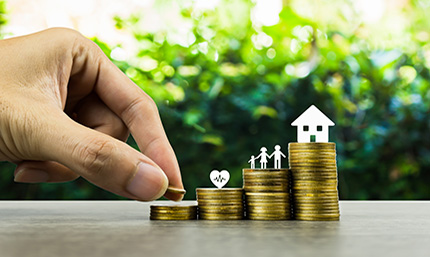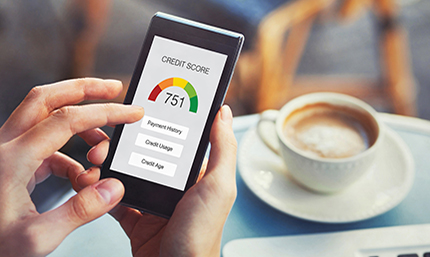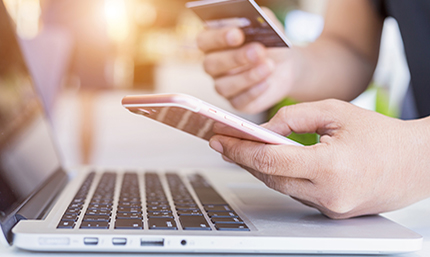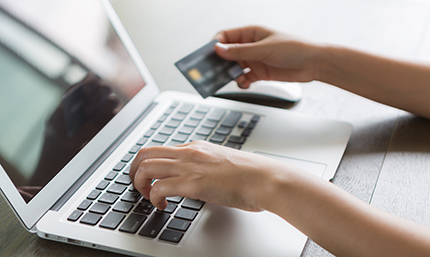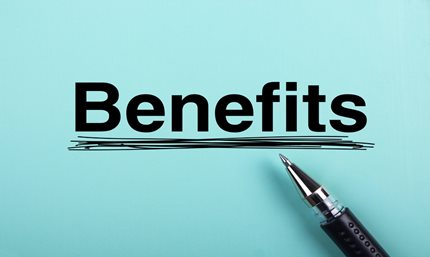News & Tips
How to Build an Emergency Fund

We get it: building an emergency fund can feel overwhelming. But it’s one of the smartest ways to protect yourself from unexpected expenses, like car repairs, medical bills, or home maintenance. Without this savings safety net, it’s easy to fall into the trap of relying on high-interest credit cards, which can lead to a tough cycle of debt. We’ve put together this step-by-step guide to help you start building your emergency fund—because financial peace of mind starts here. Let’s get started!
1. Create a Budget
When you create a budget (perhaps using this budgeting worksheet), you can gain a better sense of how much income you have coming in versus expenses going out. With this information, you can create a solid plan to build an emergency savings account.
To make a budget:
- Gather the past twelve months of bank statements.
- Calculate your total monthly income (after taxes).
- Add up your average monthly expenses for leisure and necessities.
- Subtract your average total expenses from your monthly income to see what’s left over to put into savings.
- If there isn’t much left over (or you’re spending more than you take in with credit cards), then examine your leisure expenses to see what you can eliminate or scale back on.
Experiment to create a budget in which 50% of your income goes towards what you need, 30% towards what you want, and 20% in savings, starting with an emergency savings fund.
2. Set a Savings Goal
Do you want your emergency savings to have three months’ worth of your expenses? Or six months to create a greater safety net? After you’ve determined that amount, calculate how quickly you’ll reach your emergency fund goals by putting away 20% (or a different percentage) of your income into savings every month. This will help you give you an idea of the time frame.
3. Choose a Credit Union for Your Savings Accounts
Credit unions are not-for-profit organizations and typically offer member-focused services, competitive rates, and community-based support. SCCU is also federally insured by the National Credit Union Administration (NCUA). We offer a range of savings accounts to help you grow your emergency fund.
4. Leverage the Power of Direct Deposit
At SCCU, we offer Free Checking (no monthly service fees!), and you can get your direct deposit up to two days early.42 Once you’ve set up your direct deposit with your checking account, set up automatic transfers to have a portion of your paycheck transferred to your savings account on a regular basis (every two weeks or monthly). After you’ve set up these automated processes, simply allow the money in the account to build and earn interest.
5. Save “Bonus” Money
If you receive unexpected money, whether that’s from a bonus at work, birthday or holiday cash, or an unanticipated tax refund, see if you can put these dollars into your emergency fund. That will help you to reach your goal balance more quickly. If you get a raise, put as much as you can of this new income into your emergency savings account to build the safety net you need.
6. Monitor Progress (if it helps)
For some people, watching their emergency fund grow can bring about an immense sense of satisfaction and a desire to save even more money. For others, the “set it and forget it” strategy works better. If you don’t already know how you’ll react, monitor your emergency savings account’s growth for a little while. Do you feel nervous or happy? Then, adapt accordingly.
Depending upon your personality, you might decide to celebrate reaching key goals with a small treat. Or, you may enjoy seeing your savings grow so much that this is your reward.
7. Replenish as Needed
Maybe you’ll never need to withdraw funds from your emergency savings account. If so, that’s great! If you need to withdraw money for a vehicle repair, for example, rather than making that purchase with a high-interest credit card, that’s okay! You’ve prepared for unexpected expenses and responded appropriately. Give yourself some grace and focus on rebuilding your emergency fund account to the targeted balance. The reality is that life happens. Being prepared is the best strategy.
8. Pay Down Debt for Financial Freedom
If you haven’t already taken this step, do it now. Besides the worry that excessive debt can create, the amount of money paid in interest on the debt can weigh you down financially. So, take a deep breath and create a list of your consumer debts (not your mortgage), including their individual balances and interest rates. This would include credit cards, personal loans, and car loans.
Then, put your list into two different orders: from highest to lowest in interest rates and highest to lowest in balances. Choose one of the two columns to create a plan to pay off the debt. While making sure that you continue to make minimum payments on all of your debts, focus additional resources on the debt listed on the top of your column. Keep doing so until that debt is paid off. Then, go to the second one to repeat the process, and so on. You’ll gain momentum as you pay down your debts and realize that, yes, you can take control of your finances.
Learn more about strategies for paying off debt here.
9. Enjoy Better Credit Scores
As you pay down your credit card balances, you’ll improve your credit card utilization rate. But, what does that mean, exactly? To calculate your rate, add up the total outstanding credit balances of all of your cards. Then, add up the credit lines on the cards. Divide the first figure by the second one, multiplying the result by 100. The result is your credit utilization rate.
Let’s say that you start out by having a $5,000 collective balance and a $10,000 collective credit limit. That’s a 50% credit utilization rate, which is higher than what’s ideal and can contribute to a lower credit score (which, in turn, can cause you to need to pay higher interest rates).
You can improve your credit scores by having a rate under 30%. By reducing your balance to $3,000, you can benefit from the desired ratio. As you enhance your credit scores, you can improve your credit score and get better interest rates going forward, which will help strengthen your overall financial wellness.
10. Start Saving for More Exciting Reasons
Creating an emergency savings account can bring about financial peace of mind, but you’re probably dreaming of experiencing more exciting adventures and milestones in the future. Once you’ve established your emergency fund for unanticipated expenses, you can start an account to save up for a new home, a vacation, or another goal in mind. This allows you to spend in ways that reflect your values rather than simply trying to keep up with debt.
Other savings account options at SCCU:
- Certificates of Deposit (CD): To help you grow your savings open more, consider opening a CD with as little as $500.6
- Christmas Club: Tired of the stress that comes with paying for gifts during the holiday season? Stress less with a Christmas Club account!
- Saving Cents: Put your savings on autopilot with Saving Cents, which rounds up transactions to the nearest dollar and deposits the difference into this fund so you save while you spend!
Opening Your Emergency Fund at SCCU
There you have it! Now you know the steps on how to build an emergency fund. We make saving easy at SCCU. To become a member, you simply need to live or work in one of these counties (or have a relative who is a current member at SCCU) and open a savings account with as little as $5. Plus, it’s easy to set up automatic payments with Online & Mobile Banking to build up your balance. Visit our Financial Wellness page for more helpful tools, tips, and resources to help you reach your goals. If you have any questions, feel free to get in touch with us, and we’re happy to help.




